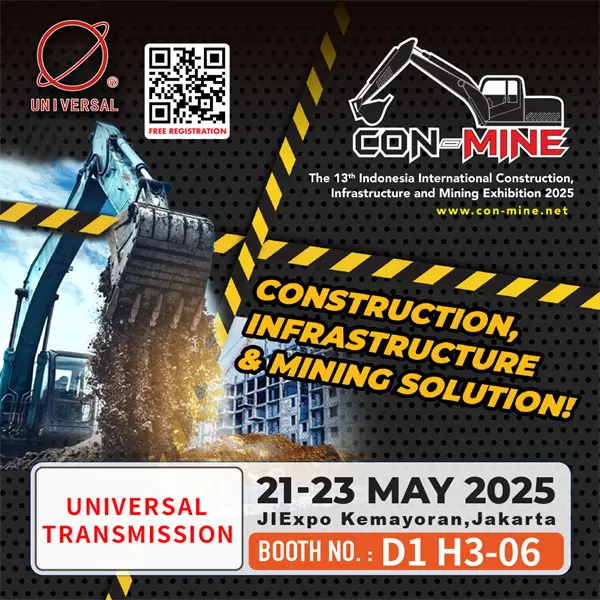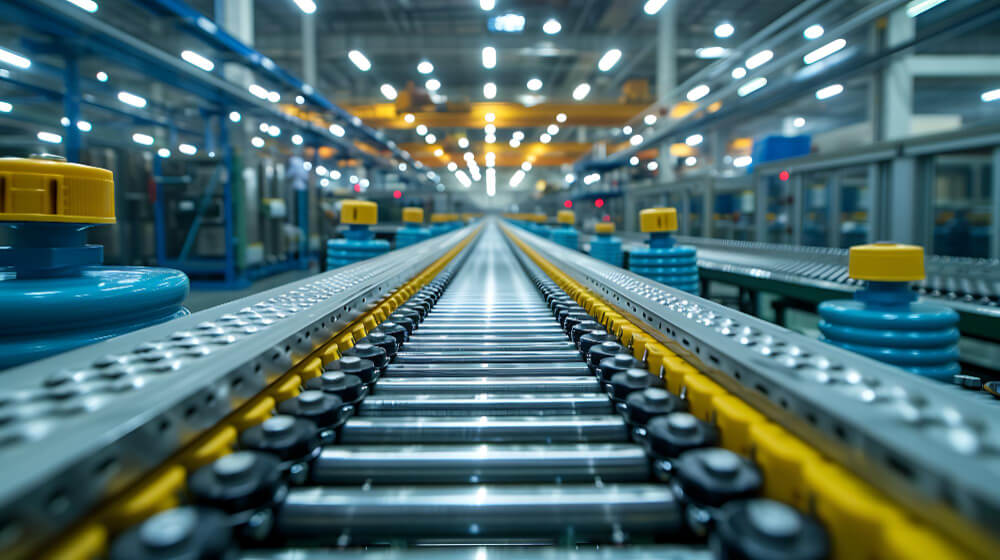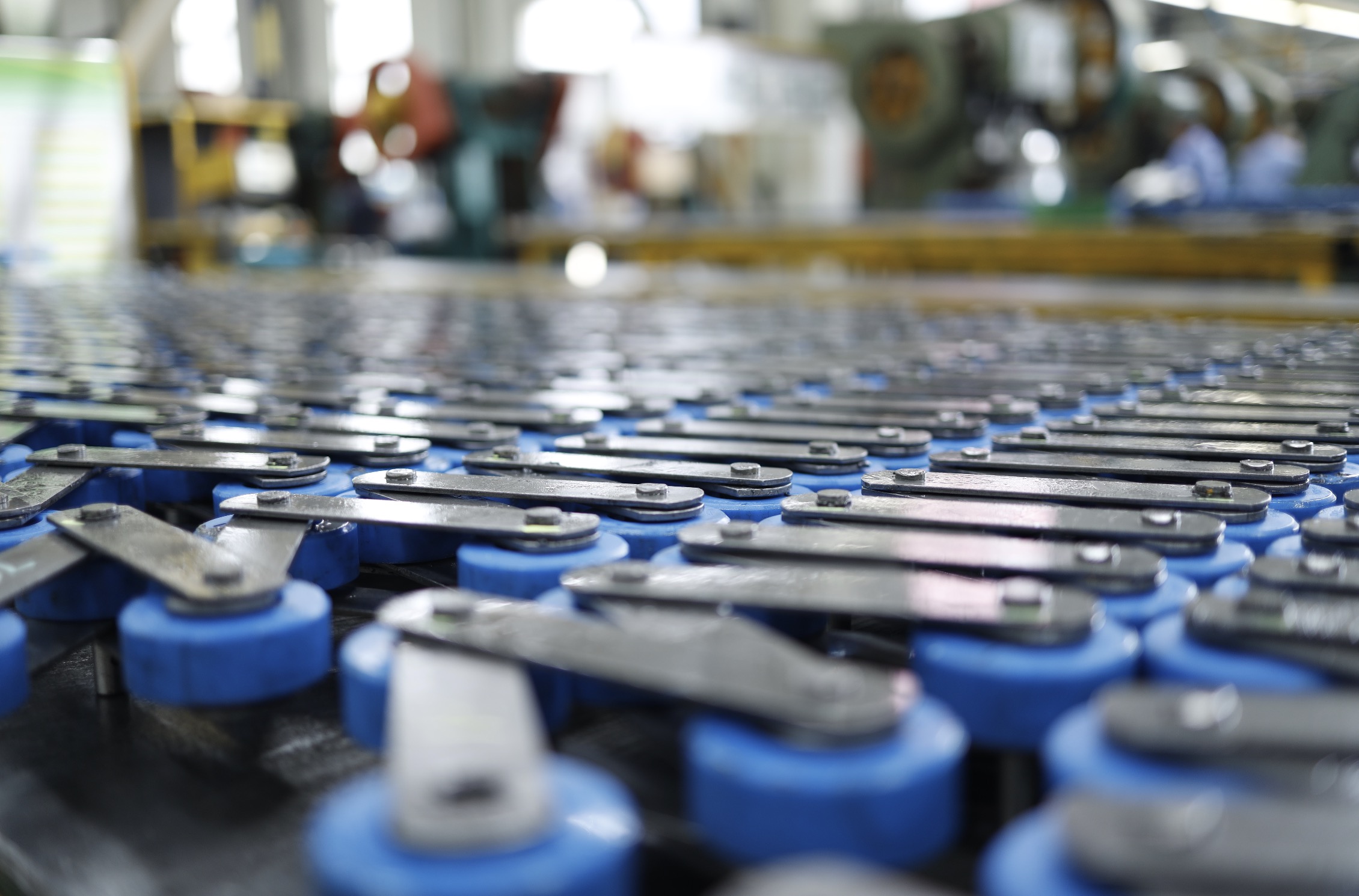Two chain types see heavy use in power transmission – economical roller chain and bush chain. Both feature alternating inner and outer link plates, enabling articulation via bushings or rollers. However, performance and ideal use cases differ.
- Roller chain handles heavy loads but cost more
- Bush chain is limited yet excels in light-duty applications
- The choice depends on speeds, loads, precision needs, and budget
Below, we’ll clarify the pros, cons, and distinguishing features to guide selection between these common chain varieties.
Roller Chain: The Workhorse
As the backbone of industrial power transmission, precision miniature roller chains consist of inner and outer articulated link plates with rotating load-bearing rollers held by bushings. The roller diameter exceeds bushing thickness, enabling direct power transfer between the pin and sprocket.
Pros:
- Heavy load capacity of over 113,759 lbs
- High allowable speeds from shock load absorption
- Smooth meshing enables precision control
- Rollers withstand wear far longer than bushings
Cons:
- More expensive than bush alternatives
- Noisy at high speeds without lubrication
- Extra components increase the chance of failure points
Bush Chain: The Lightweight
True to its name, bush chain substitutes sleeve-like bushings for rollers between each articulated joint. This saves material costs while reducing weight – up to 40% over roller chains. The simpler design also speeds manufacturing[1].
Pros:
- Very inexpensive to produce and buy
- Weighs up to 40% less than a roller chain
- Quiet operation functions unlubricated
- Flexible for long spans and compact layouts
Cons:
- Max working load under 1,100 lbs
- Rapid stretch and wear without load rollers
- Imprecise meshing causes vibration
- Unsuitable for high-speed or shock loads
How to Choose Between Roller and Bush Chain
Weigh key factors like load capacity, precision needs, and environment against budget to guide ideal chain selection:
- Load Capacity
If conveying or lifting heavy loads over 1,100 lbs, the thicker rollers in the roller chain can handle the workload across long-duty cycles. Light loads under 500 lbs do fine on bush chains.
- Precision Indexing
Applications needing accurate positioning, low backlash movement, or smooth variable speed capability call for roller chains. The rollers mesh cleanly for precision control that bush chains lack.
- Environmental Conditions
Corrosive, extremely hot/cold, or dirty environments favor stainless steel roller chains with nickel-plated rollers that resist wear and corrosion far better than bush chains.
- Speed Capability
With higher shock load absorption, roller chains accommodate faster cyclic speeds than bush alternatives – often 30%+ faster rating for equivalent pitch.
- Budget Constraints
Bush chains provide extreme cost savings over roller chains, allowing more length for the same budget. But consider total longer lifecycle costs, not just upfront price.
- Cleanliness Requirements
Bush chains withstand contamination better by eliminating roller wear surfaces. But add lubrication to bush chains in clean environments for a longer working life.
Conclusion
Specifying a chain is all about balancing strengths and costs against requirements. Bush chain serves remarkably well in light-duty utility conveyance, given its affordability. But where reliability matters most – industrial power transmission, high precision indexing, or demanding environments – proven roller chain still rules.
Count on the chain experts at Universal Chain to walk your application details and guide the optimal chain selection. Request your consultation and quote today.



